The Largest Cities In Italy
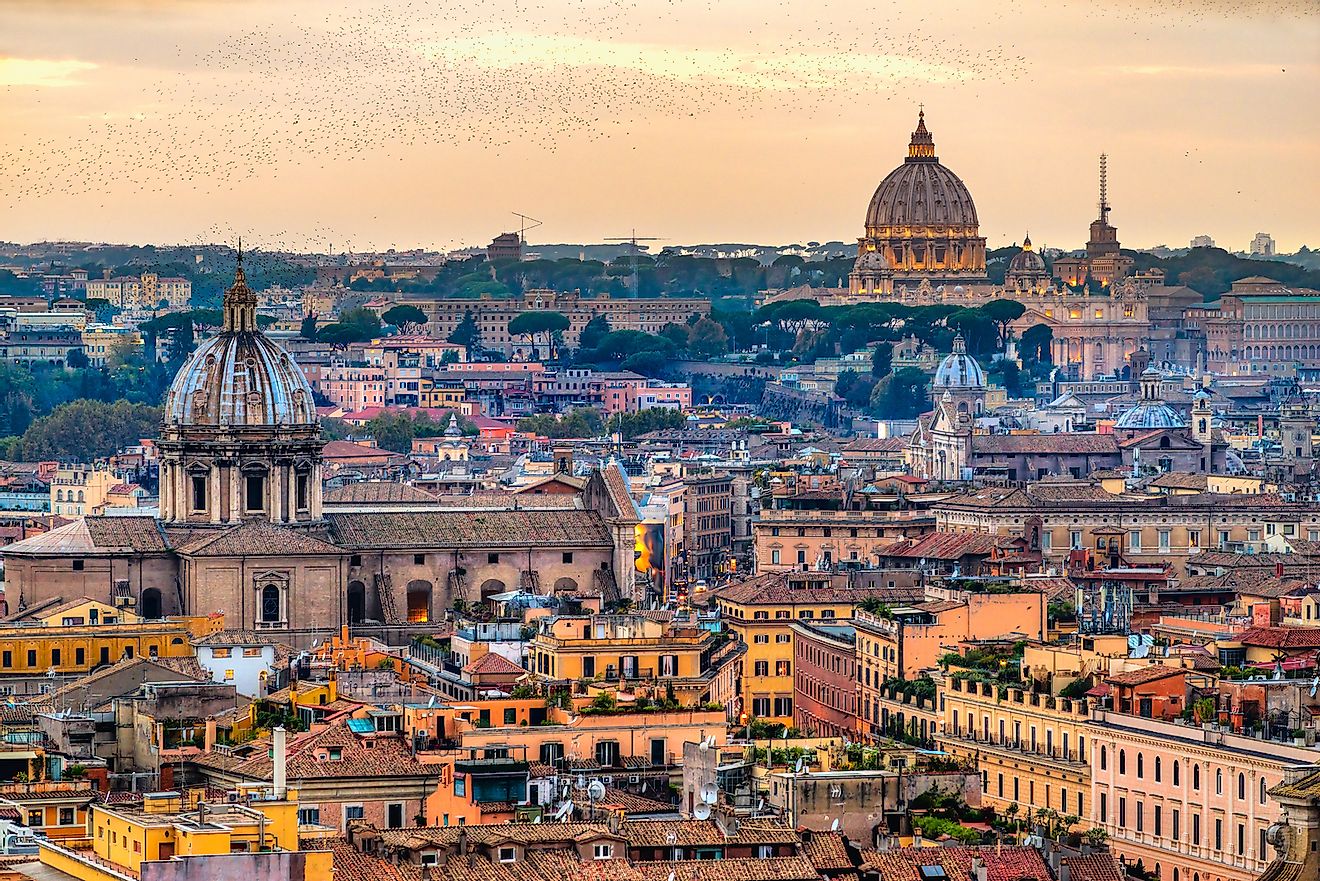
- As the nation’s capital, Rome is not only the city with the largest population in Italy, but is also the fourth most populated city in the EU.
- Despite being bigger than both Naples and Turin, Palermo is the fifth most populated city in Italy at 657,960 people.
- According to recent reports, Italy’s overall population will be approximately 54 million by 2050, as opposed to the current sixty million.
After doubling in numbers throughout the 20th century, approximately sixty million people call Italy home. It is currently the sixth country with the highest population in Europe, with roughly 201 inhabitants per square kilometer. Native Italians make up the largest ethnic group, comprising 96 percent of the country’s overall populace.
The following article examines the most populated cities in Italy. Their rankings are based on estimates made in 2019.
Italy's Five Most Populous Cities
1. Rome
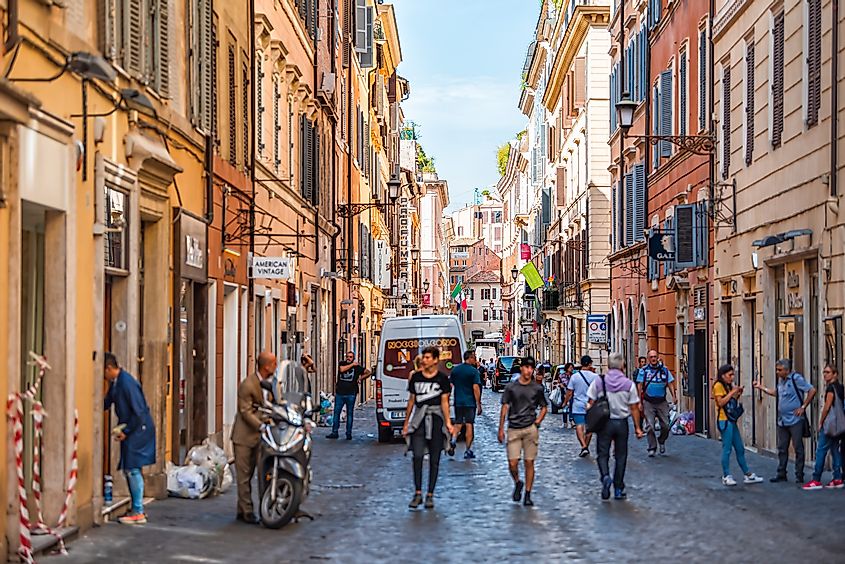
Rome is located in the Lazio region, which is situated in central Italy. During the reign of the first Roman Emperor, it was the largest city in the world, with an estimated population of one million. The fall of Rome caused this number to dwindle, but the city itself continued to play an important role due to its immense historical significance. As the capital of Italy, its overall population began to rise again by the early 20th century. At 1,285 square kilometers, it is currently the city with the largest population at 2,837,332 people. It is also the fourth most populated city in the entire European Union.
2. Milan
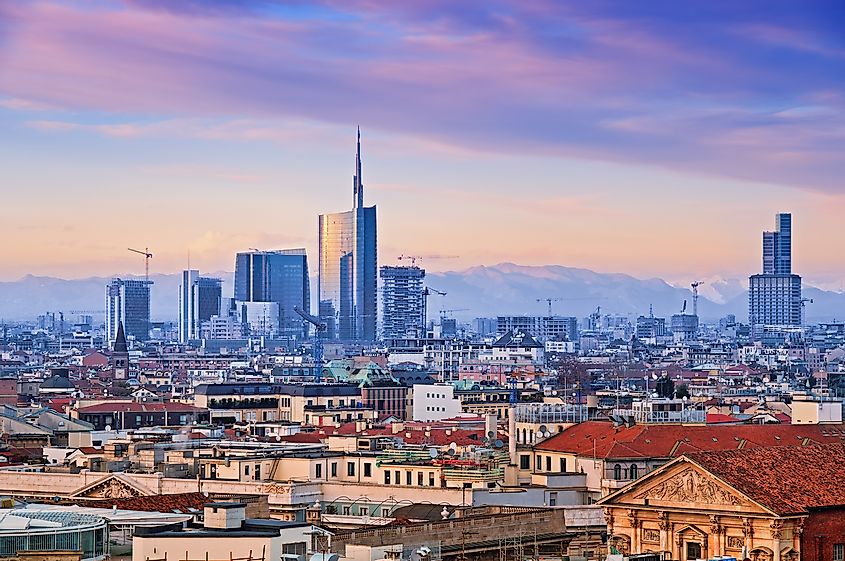
Milan is the capital of the Lombardy region in northern Italy. It covers 182 square kilometers of territory. While Rome is considered the political center of Italy, locals generally think of Milan as the industrial hub due to its manufacturing and commercial prosperity. The city’s position as an economic powerhouse solidified its importance early on. After World War II, reconstruction efforts helped rebuild Milan into one of the most modern cities in the country, which ultimately prompted Italians to migrate in large numbers. Today, it is the richest city in Italy and one of the richest in all of Europe. Even though Rome’s population is more than double, it still comes in second at 1,396,059 people.
3. Naples
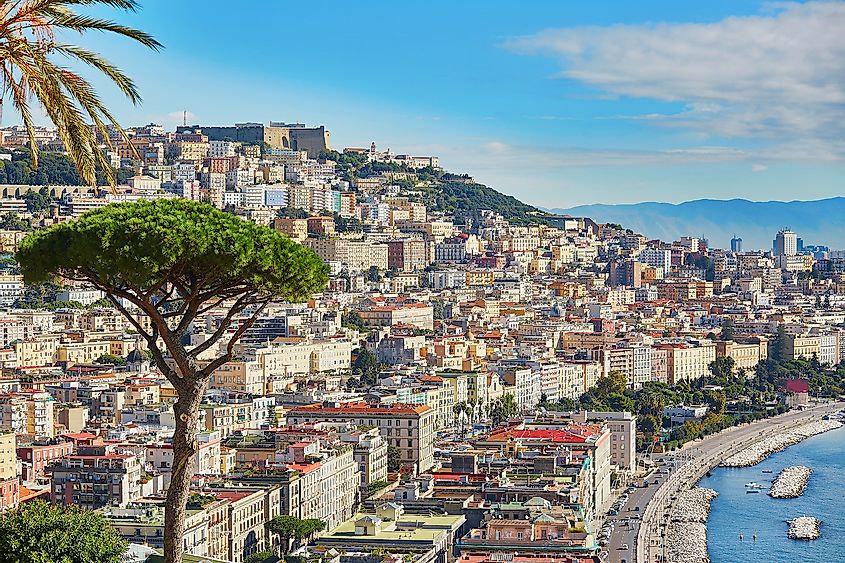
Naples, the capital of the Campania region, is located south of Rome. At 119 square kilometers, it is one of the oldest urban areas in the world and has played a significant cultural role throughout the years. The construction of a business district and an advanced transportation system helped boost the city’s economy during the 1900s. It currently has the largest urban economy in the country after Rome and Milan. Even though it falls short of a million people, it is the third-highest populated city in Italy at 962,589 people.
4. Turin
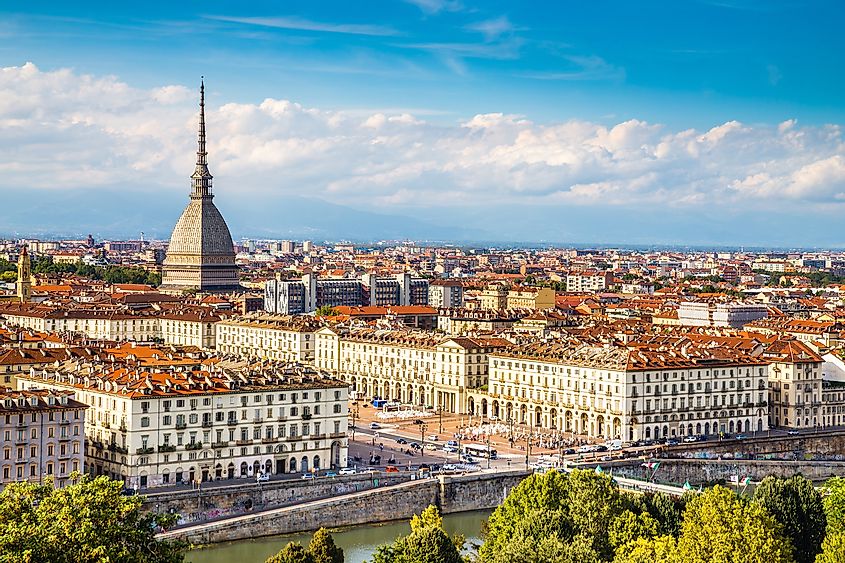
Bordering Switzerland and France, Turin is located in the northwest of Italy. It is the capital of the Piedmont region, but it also served as the first capital of a newly united Italy back in the 1860s. Even though it suffered catastrophic damages during World War II, it still retains a remarkable amount of its original ecclesiastical architecture. In addition to being an important business city, it is well-known for its many galleries, museums, theaters, opera houses, and libraries. Despite being bigger than Naples by roughly 11 square kilometers, it is the fourth most populated city in Italy at 870,952 people.
5. Palermo
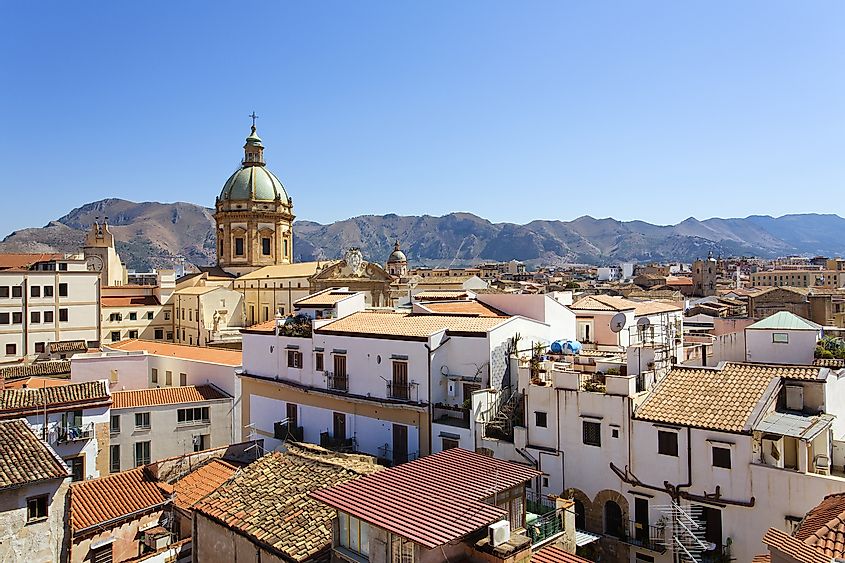
Palermo is the capital of Sicily, the southernmost region in Italy. Like the other cities on this list, it is historically significant, but due to its position in the Mediterranean, it is a melting pot of different cultures brought in from different people, either through commerce or by force. While Milan is considered the industrial hub of Italy, Palermo developed over time into the industrial center of Sicily. Today, it is the fifth most populated city in Italy at 657,960 people. It is, however, bigger than both Naples and Turin, covering approximately 159 square kilometers of territory.
Future Population Trends
Over the past four years, Italy’s overall population has slowly decreased. Based on projections published by the United Nations, this trend is only expected to continue, largely due to declining birth rates and the passing of the older generation. By 2050, Italy’s population will be approximately 54 million, as opposed to the current sixty million.
Rome is experiencing this trend as well as more people move away from bigger cities; however, its decline is much slower than the rest of the country, potentially securing its position as the most populated city in Italy for years to come. Interestingly, Milan has been experiencing this decline for much longer, but has recently begun to rebound. This growth is expected to continue into the next decade.
The Largest Cities In Italy
| Rank | City | 2019 Population estimate |
|---|---|---|
| 1 | Rome | 2,837,332 |
| 2 | Milan | 1,396,059 |
| 3 | Naples | 962,589 |
| 4 | Turin | 870,952 |
| 5 | Palermo | 657,960 |
| 6 | Genoa | 574,090 |
| 7 | Bologna | 390,625 |
| 8 | Florence | 372,038 |
| 9 | Bari | 322,316 |
| 10 | Catania | 311,402 |
| 11 | Verona | 259,608 |
| 12 | Venice | 259,150 |
| 13 | Messina | 229,565 |
| 14 | Padua | 212,395 |
| 15 | Trieste | 203,234 |







